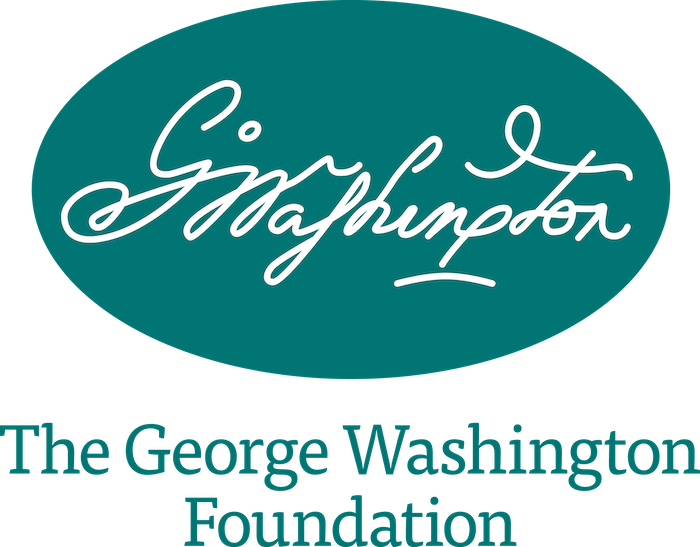Archaeology
Visitors to George Washington’s Ferry Farm can observe archaeological studies either in the lab or out in the field during summer digs. Rich in history, the land has yielded over 800,000 artifacts since the 1990s. Indigenous finds date from Paleo, Archaic, and Early Woodland periods and include spear points, tools, and early pottery.
English colonists began living at Ferry Farm circa 1700 and built one of the earliest houses in the Fredericksburg area. In 1728, the town of Fredericksburg was chartered and the prominent William Strother family moved to Ferry Farm. The Washington Family arrived in 1738 when George was 6 years old. He lived on the property until age 22 and Mary Washington, his mother lived here for 34 years. After the Washington house fell into ruin, three subsequent farms were established in the 1840s, 1870s, and 1910s respectively. The Battle of Fredericksburg began at Ferry Farm and Union troops camped here for much of the Civil War. Famous visitors to Ferry Farm include President Abraham Lincoln and Samuel Osgood, the country’s first Postmaster General appointed by a president under the current Constitution.
The George Washington Foundation uses archaeology to discover colonial-era buildings, recreating them for educational purposes. In 2008, the Foundation announced the discovery of the Washington House and rebuilt it on the site of the original foundation in 2018. Archaeologists have also discovered the locations of various outbuildings that supported the family, including their kitchen, a quarter that housed an enslaved family, and a cellar house for storing perishable foods.
Archaeology at Ferry Farm informs the stories shared with visitors, determining where the buildings go, revealing the long-forgotten secrets of its inhabitants, and intriguing visitors with a glimpse into the past.
